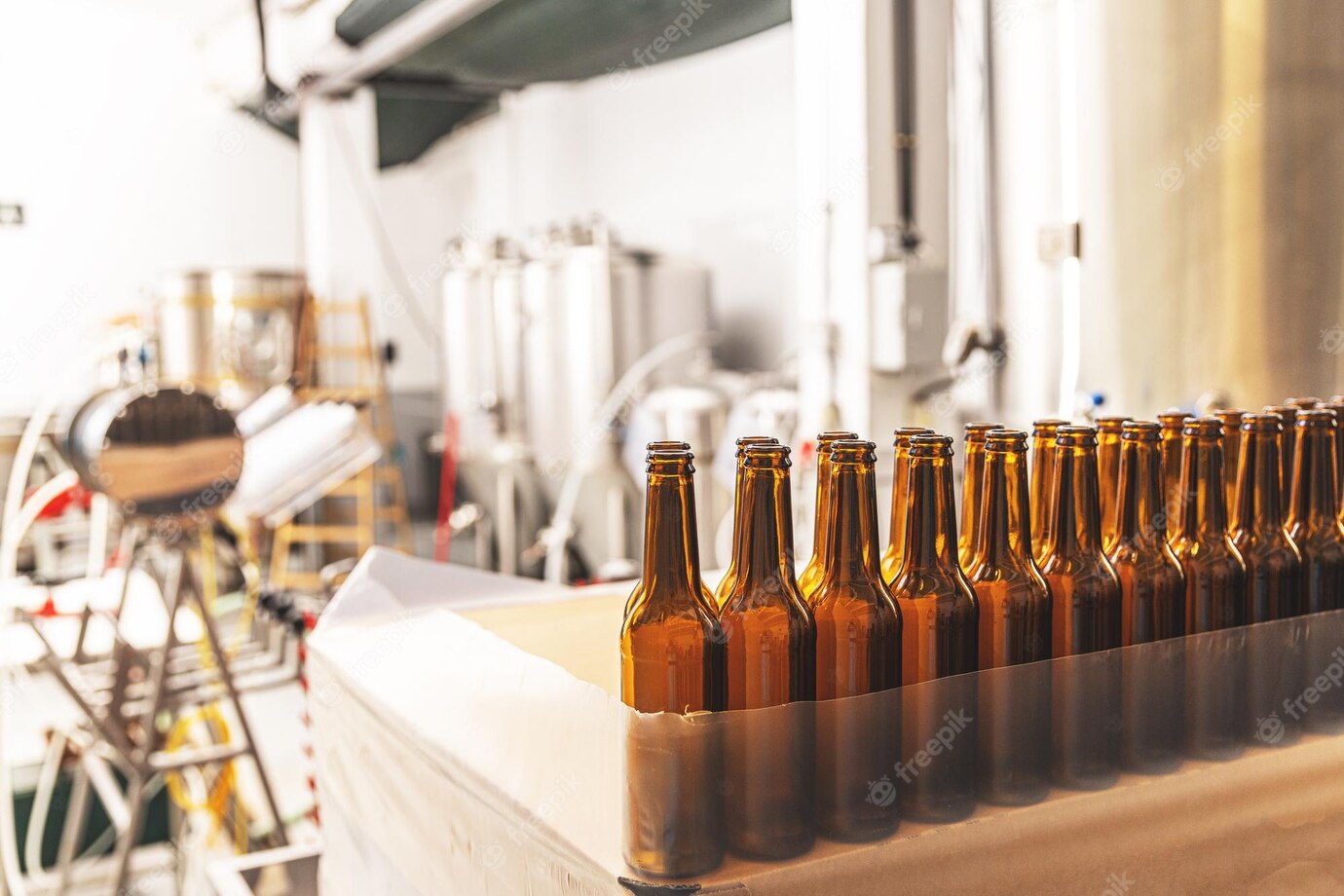Discover The Secrets To Brewing Delicious Gluten-Free Beer Today!
Are you looking for a way to enjoy craft beer without worrying about ingesting gluten-containing grains? Brewing gluten-free beer is a great option for those wishing to free their bodies from any undesired reactions. Learn the essential tips and tricks in this article that make brewing gluten-free beer a breeze. You’ll learn the main gluten-free grains, find out how to make a gluten-free beer that doesn’t compromise flavor or quality and gain insight on the best practices for ensuring it’s a gluten-free brew.
Brewing Gluten-Free Beer: Tips and Tricks
Gluten-free beer has been gaining in popularity in recent years, as more and more people are sensitive to gluten or are taking a gluten-free lifestyle. Brewing a gluten-free beer may seem daunting, but there are a few simple tips and tricks that you can follow to make sure that your gluten-free beer will turn out perfect!
Use Gluten-Free Ingredients
When you’re brewing a gluten-free beer, the most important part is to make sure you’re using only gluten-free ingredients. This means you’ll need to find gluten-free grains, such as sorghum, buckwheat, millet, corn, or rice. You’ll also need to make sure that you’re using hops that are labeled gluten-free.
Spread Out After the Boil
Once you’ve boiled your beer (always rinse your ingredients before you boil them!), you’ll need to quickly spread out the grain in a shallow pan. This is especially important for a gluten-free beer, since spreading the grains out will help to reduce the risk of cross-contamination.
Check for Cross-Contamination
Now that you’ve boiled and spread out your grains, it’s important to check for cross-contamination. Make sure that the grains you’ve used were not used in any other batches, and that the ingredients were packaged and stored correctly. Cross-contamination can easily occur with gluten-free beers, so make sure to perform a thorough check before you start the fermentation process.
Use Appropriate Yeast
Once you’ve checked for cross-contamination, it’s time to find the right yeast for your gluten-free beer. You’ll want to look for a yeast strain that is gluten-free, such as White Labs WLP001 California Ale Yeast or Wyeast 1056 American Ale Yeast. It’s also important to make sure that you’re using a gluten-free wort, since some worts have gluten in them.
Ferment and Store Safely
Once you’ve got your gluten-free beer ready for fermentation, it’s important to store it in a safe place. Make sure that you’re fermenting your beer in a clean environment, away from any other gluten containing products. You’ll also want to make sure that you’re storing the beer in a cool, dark place, away from any sunlight or extreme temperatures.
Tips for Adding Flavours
When you’re adding flavours to your gluten-free beer, there are a few things you’ll need to keep in mind. You’ll want to make sure that the flavours you’re adding are specifically labeled as gluten-free. You’ll also want to make sure that those flavours weren’t processed in the same facility as any wheat or barley, as this could result in cross-contamination.
Finally, you’ll want to make sure that you’re sanitizing your equipment before adding any flavours. Sanitizing your equipment will help to reduce the risk of any cross-contamination, and ensure that your beer will taste great.
Filter Your Beer and Bottle It
Once your gluten-free beer is done fermenting, you’ll need to filter it and bottle it. When you’re bottling your beer, it’s important to make sure that all of the bottles are gluten-free (you can use a special gluten-free beer test kit to test for gluten). You’ll also want to make sure that you’re using a clean space for bottling, and using only sanitized equipment.
Tips and Tricks for Brewing Perfect Gluten-Free Beer
- Use only gluten-free ingredients, including grains, hops, and yeast
- Quickly spread out the grain after the boil
- Check for cross-contamination

